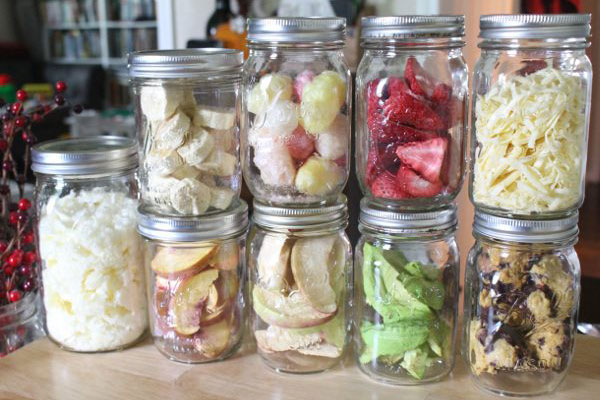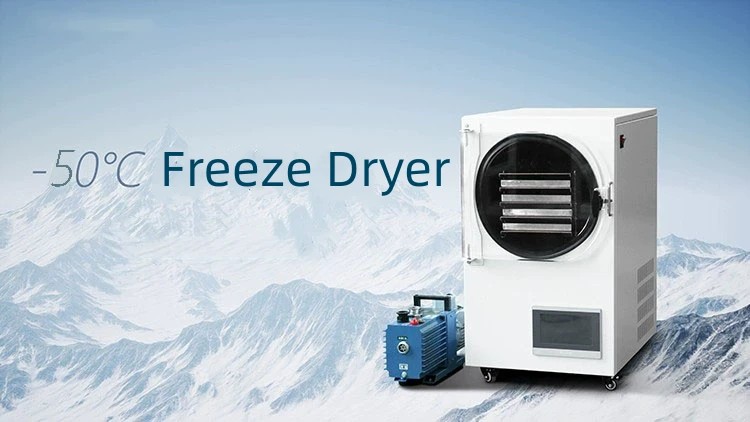As more and more people start using home freeze-dryers to DIY gourmet freeze-dried foods, a common question arises: How long does it take to freeze-dry food? And does the duration vary for different types of food? Let’s dive into this mystery together.
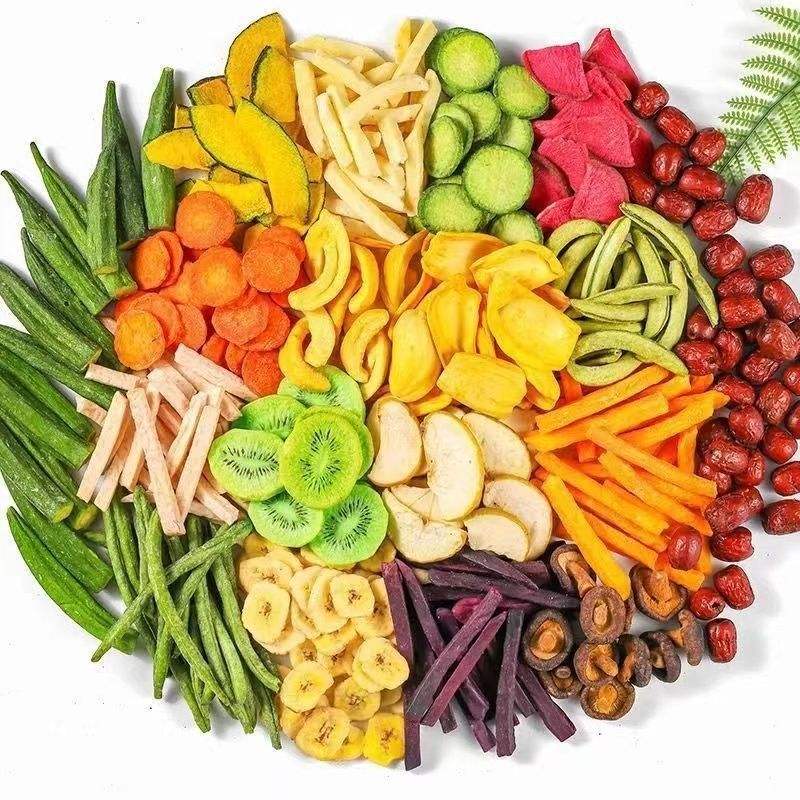
Common Types of Freeze-Dried Foods
Fruits
Fruits such as strawberries, bananas, and apples are extremely popular in the freeze-drying category because the process preserves their color, aroma, flavor, and nutritional content.
Vegetables
Common freeze-dried vegetables include corn, peas, and carrots, often used in ready-to-eat products and emergency food supplies.
Meats and Seafoods
Freeze-dried meats and seafood, such as chicken, beef, and shrimp, can be stored for a long time while retaining rich nutrients, making them convenient for transportation and storage.
Soups and Beverages
Freeze-drying technology allows liquid foods, such as soups or coffee, to be easily stored and quickly reconstituted by adding water.
Complete Meals
Complete meals like pasta dishes or stews can be quickly reconstituted by simply adding water, making them popular choices for camping food or hiking provisions.
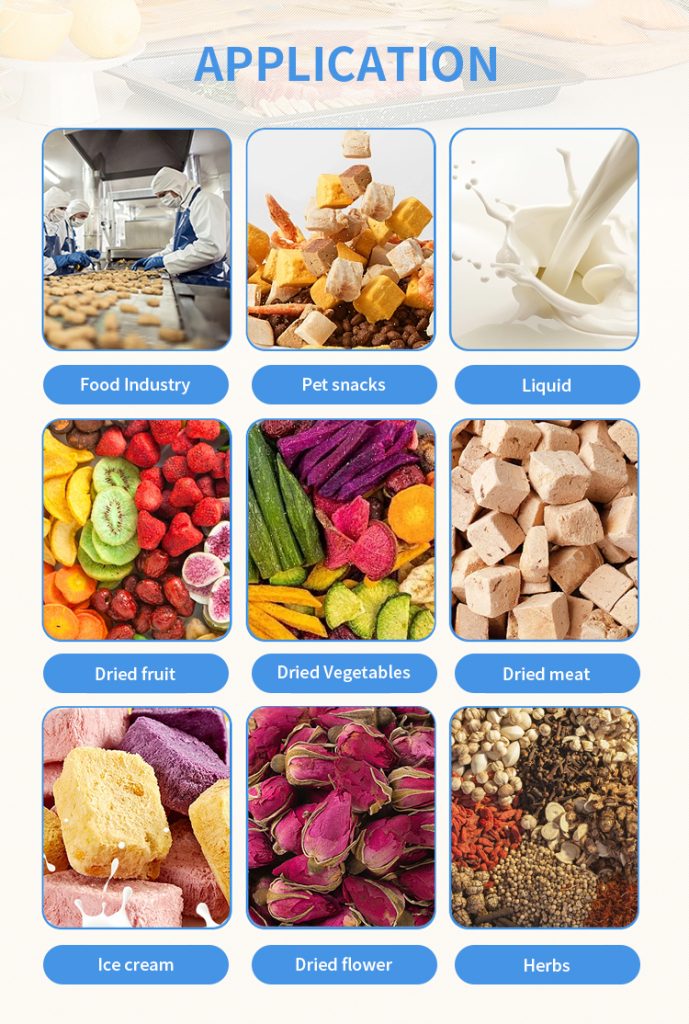
Duration Needed for Freeze-Drying
The time required to freeze-dry food can vary from a few hours to several days, depending primarily on the type of food and the performance of the freeze-dryer (the following data is for reference only):
- Fruits: For example, slices of strawberries or apples might take 12-24 hours.
- Vegetables: Items like peas or corn could take 16-28 hours.
- Meats: Due to their protein and fat content, meats generally require a longer freeze-drying time, possibly ranging from 24-48 hours.
Factors Affecting Freeze-Drying Time
Moisture Content
Foods with higher moisture content generally require longer freeze-drying times.
Slice Thickness
The thinner the food slices, the faster the moisture evaporates, which can speed up the freeze-drying process.
Efficiency of the Freeze-Dryer
Different freeze-dryers have varying efficiencies in vacuum creation and heating, which directly affects the freeze-drying time.
Temperature and Pressure Settings
The control of temperature and pressure during freeze-drying is crucial and must be precisely managed to optimize efficiency.
Initial Temperature of the Food
The initial freezing temperature of the food also affects the subsequent freeze-drying speed and quality.
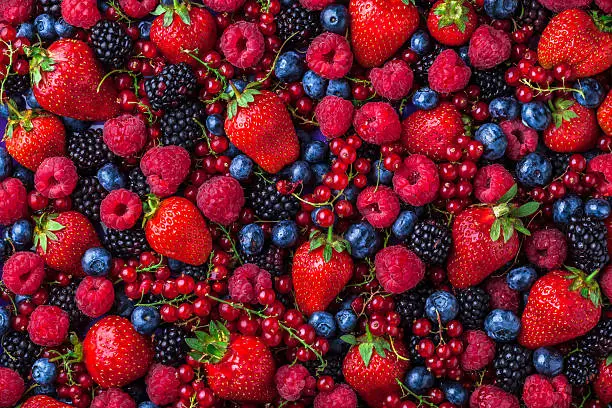
Are there other aspects of freeze-dried foods you would like to know more about? Feel free to contact us anytime for more information.
Recommended Articles:
Freeze Dry Steak: A New Culinary Delight For Beef Enthusiasts
Freeze Dried Meals For Camping: A New Choice For Outdoor Travel Food
Freeze Dry Vegetable: Initiating A New Era Of Vegetable Foods
Freeze Dry Meat—A New Way To Preserve Meat
Freeze Dried Dog Food Guide: A Special Health Food For Dogs

